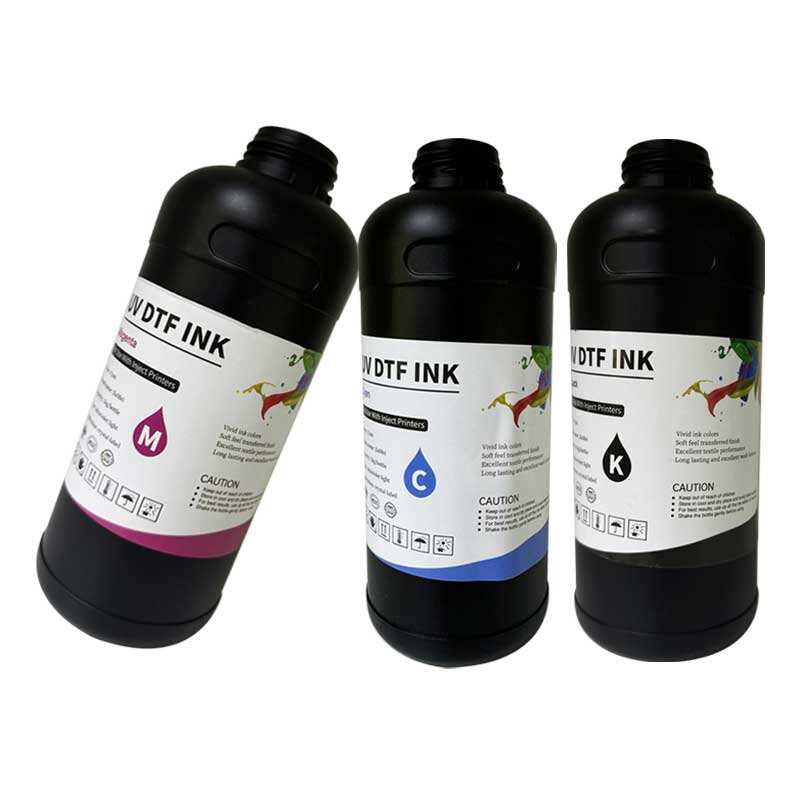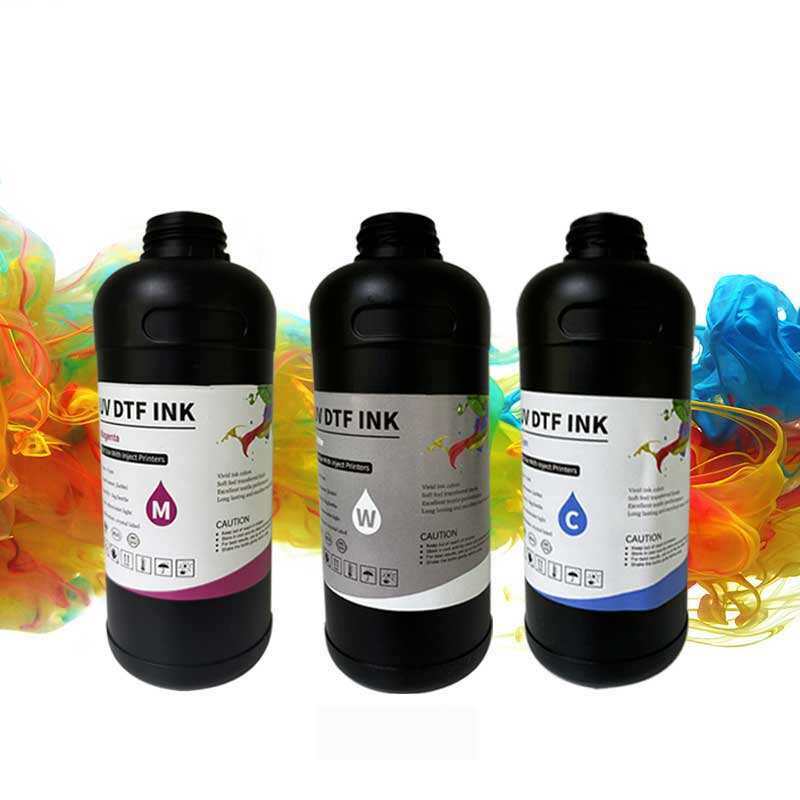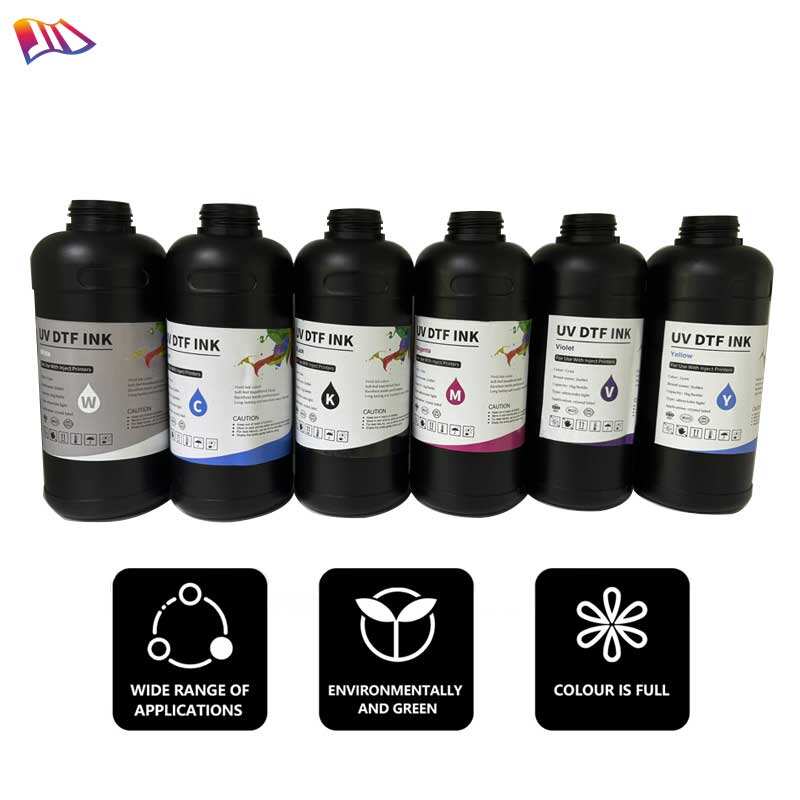uv inkjet printing
UV inkjet printing represents a cutting-edge digital printing technology that uses ultraviolet light to instantly cure specialized inks as they are deposited onto various substrates. This innovative printing method employs printheads that precisely jet tiny droplets of UV-curable ink onto the printing surface, where they are immediately exposed to UV light, causing them to polymerize and harden. The technology enables printing on a wide range of materials, including plastics, metals, glass, wood, and textiles, offering exceptional versatility for commercial and industrial applications. The process stands out for its ability to produce high-resolution images with vibrant colors and exceptional durability. Unlike traditional printing methods, UV inkjet printing doesn't require drying time, allowing for immediate handling and processing of printed materials. The technology also supports both flat and cylindrical surface printing, making it ideal for product decoration, packaging, signage, and specialized industrial applications. Advanced UV inkjet systems incorporate multiple print heads and UV LED curing units, enabling fast production speeds while maintaining superior print quality. The process is environmentally friendly, as UV inks contain no volatile organic compounds (VOCs) and produce minimal waste compared to conventional printing methods.


